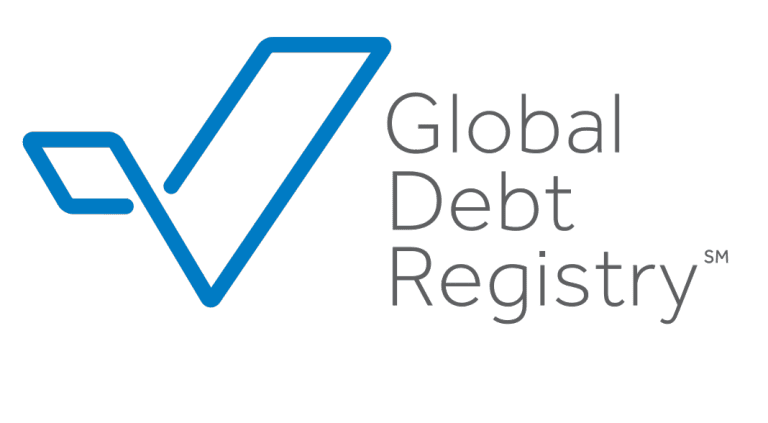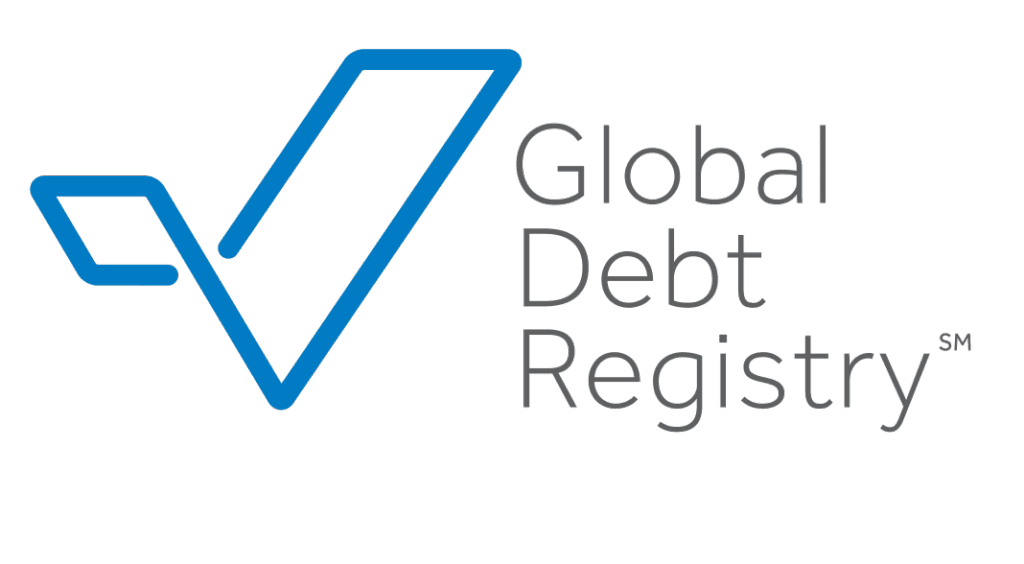[Editor’s note: This is a guest post from Mark Parsells, the Executive Chairman and CEO of Global Debt Registry – a platform specifically designed to help financial institutions better manage sensitive consumer loan information.]
It’s no secret that marketplace lending (MPL) has grown at a rapid pace over the past few years and many participants see this growth only increasing going forward. It is also no secret that the ability to sustain that growth is under significant pressure in 2016.
A critical question is whether or not the industry will come together to make the investment needed to put in place new standards and structures to satisfy the compliance requirements and risk concerns of regulators, large investors, warehouse lenders, rating agencies, trustees and investment banks that package securitizations.
Among the most important considerations is the need for lenders and investors to have a way to independently “validate” loan level data such as the chain of ownership; to track collateral pledges; to confirm disbursement of funds by the originating bank to the borrower; to confirm borrower identification and credit risk characteristics; and to monitor loans on an ongoing basis for compliance and credit risks.
Global Debt Registry (GDR) hired a major compliance consulting and research firm to determine what is being done to verify loan-level information today in the MPL space. The results were that the current industry standard of “verification” is inadequate as an effective risk and compliance tool. The standard today is to compare one set of loan data provided by a marketplace lender against another set of loan data from the same lender, often manually. There is no independent, loan-level ownership tracking, no tracking of collateral pledges, no verifying that funds were actually disbursed, no validation of data against trusted third-party data sources and little on-going compliance and risk monitoring.
The research showed that participants in the MPL ecosystem were facing a “trust but verify” dilemma. The players in this market were excited about the tremendous growth prospects, the innovative new business models and the strong teams of top-level talent at the MPLs. In balance to this enthusiasm, however, as regulated entities facing the higher regulatory bar of securitization, there was interest in a much more comprehensive validation process to increase confidence in the underlying assets. More robust validation will increase confidence in MPL assets and will ultimately help to attract permanent capital to the sector.
Today’s Investors & Lenders Require a New Standard – Real Validation
The marketplace lending space today is at an inflection point. Regulators are looking more closely at the MPL market than ever before. If the market is going to continue to grow, it needs to put in place a “safe and sound” process that increases trust in the entire ecosystem in a scalable manner. As someone who has played a role in evolving financial compliance standards for over 25 years – including serving as the former chief compliance officer of American Express’ US merchant division and former President of Citibank Online in the US, I have had my share of experience in putting technology solutions in place, focused on controlling risk. I believe that the industry would greatly benefit by adopting a standard set of validation services – a suite of asset certainty checks.
“Real validation” needs to be done by an independent company with no conflict of interest with its customers – think of this as “Carfax” for investors, warehouse lenders, rating agencies, trustees and investment banks that structure securitizations. What does “real validation” entail? There are 5 elements that I recommend be adopted as a standard for validating MPL loans:
- Tracking ownership – Loans should be tracked from origination and throughout the life of each loan. Proof of ownership is critical to support the secondary market and to prevent unauthorized changes in the data supporting a loan.
- Tracking collateral pledges – There are at least 8 major warehouse lenders that provide critical leverage to support securitizations and loan purchases. These institutions are all heavily regulated and need to have controls in place to ensure that loans and collateral are real and not double pledged.
- Disbursement verification – Given the predominant model where loans are issued by a bank that is a separate entity from the platform, it is important that the validation service get a record that verifies funds for each loan are actually disbursed.
- Validate loan level data with trusted third party data sources – it is important to check key third party data sources such as LexisNexis, bankruptcy databases, deceased databases, credit bureaus, Anti Money Laundering/Know Your Customer (‘AML/KYC’) databases and others to validate loan information presented by the MPL at the loan level.
- On-going compliance monitoring – Large, regulated institutions need to monitor all sorts of compliance risks. For example, monitoring services should address questions such as:
- Has a borrower migrated to an AML/KYC watch list as a politically exposed person, terrorist or money launderer?
- Did a borrower move from a state with a high usury rate to a state with a lower criminal usury rate cap, if such usury laws apply in the aftermath of the controversial Madden v. Midland Funding decision?
- Are loans being reported to the credit bureau?
Real validation has the ability to meet investor needs from origination through securitization and facilitation of the secondary market.
Simply put, as the industry adopts an independent validation service, it will serve as a significant self-regulatory effort that ensures greater confidence in the MPL ecosystem as a whole. More certainty will help to attract more permanent capital to support the growth of this highly innovative industry.



